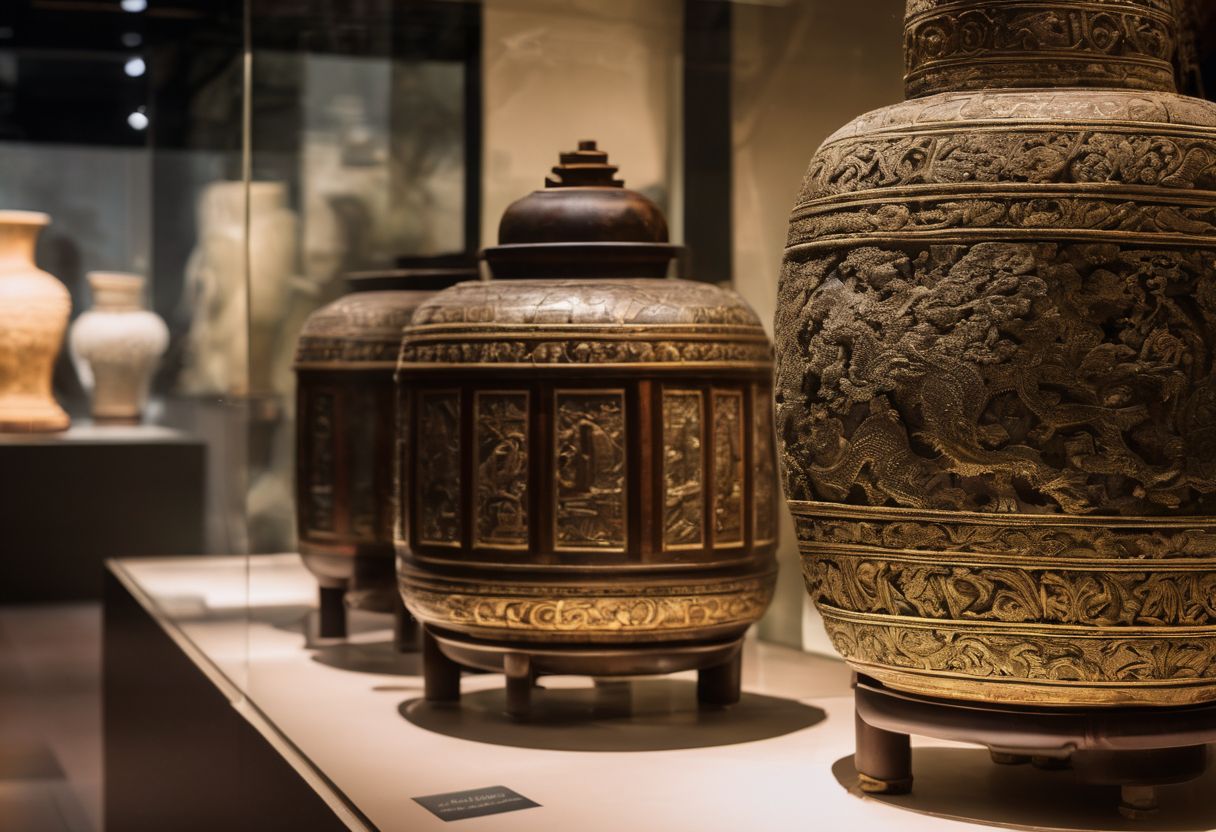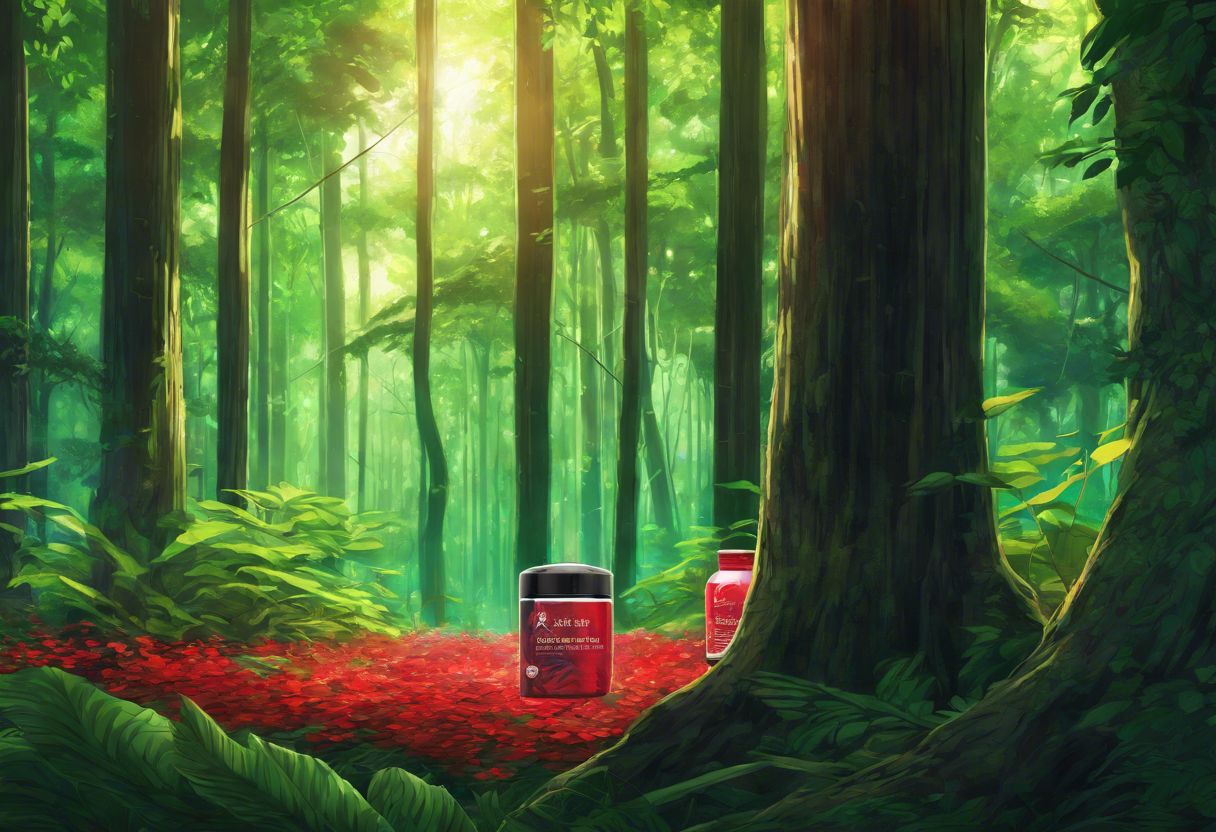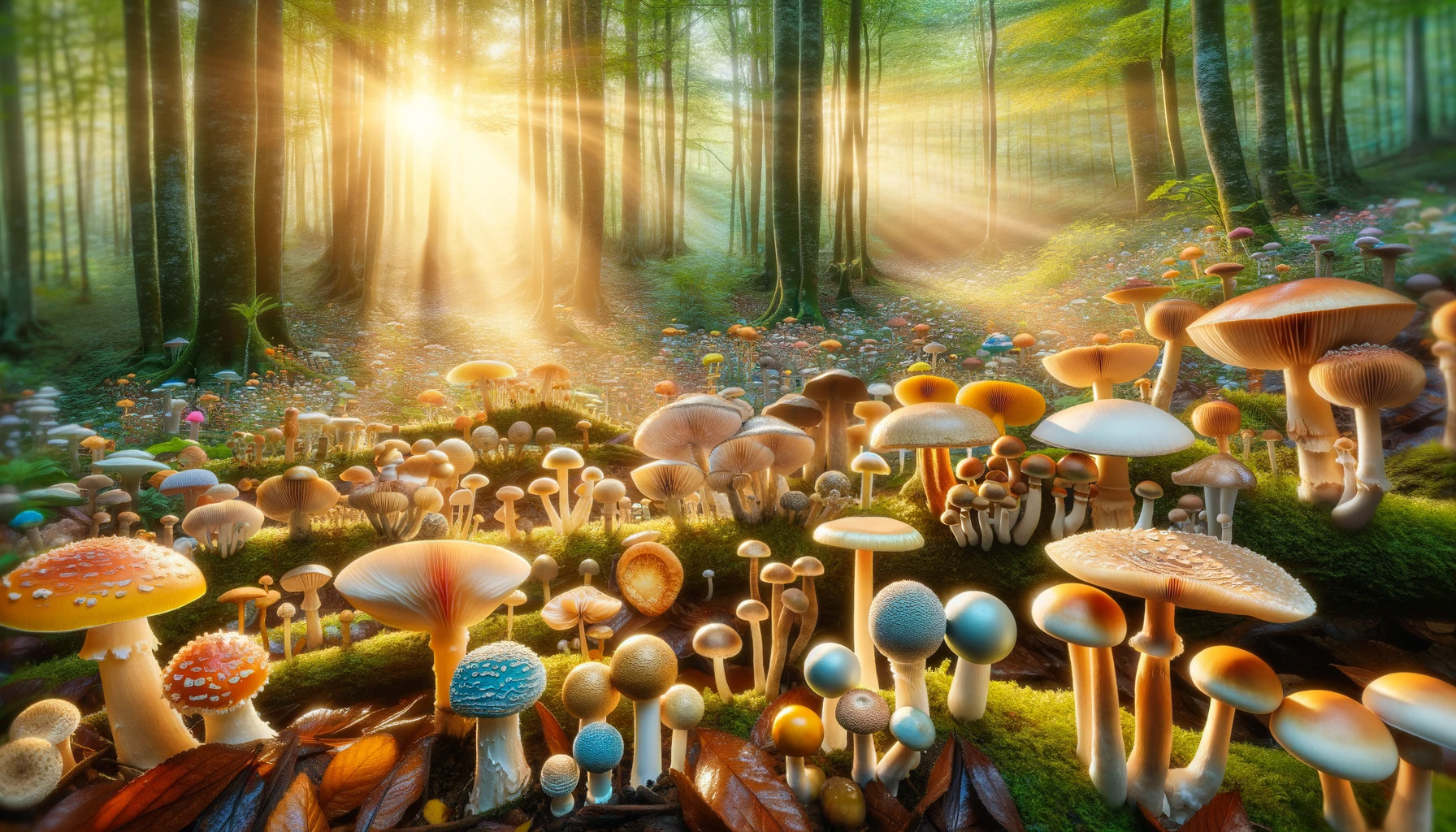For many, the origin of bongs is as hazy as the smoke they create. Ancient artifacts suggest that these water pipes were used over 2,400 years ago. This article will light up the past and trace how bongs have bubbled their way through history to modern times.
Dive in to clear the smoke on this intriguing topic.
Key Takeaways
- People found ancient bongs with the Scythians who lived 2,500 years ago. They used gold bongs for smoking.
- Bong designs have changed a lot from bamboo and wood to strong glass made by experts like Bob Snodgrass.
- The Silk Road helped spread bongs to different places long ago. Today, they show up in movies and art.
- Bongs cool down smoke with water which can make you feel higher because it traps more good stuff from cannabis.
- Innovations made bongs better over time. They got nice features that help give smooth hits when people use them.
The Earliest Evidence of Bongs

Archaeological discoveries in Africa and Asia have uncovered some of the earliest evidence of bongs, dating back to ancient times. The Scythian nomads also played a significant role in the history of cannabis water pipes, with their use of gold bongs found in burial mounds.
Discoveries in Africa and Asia
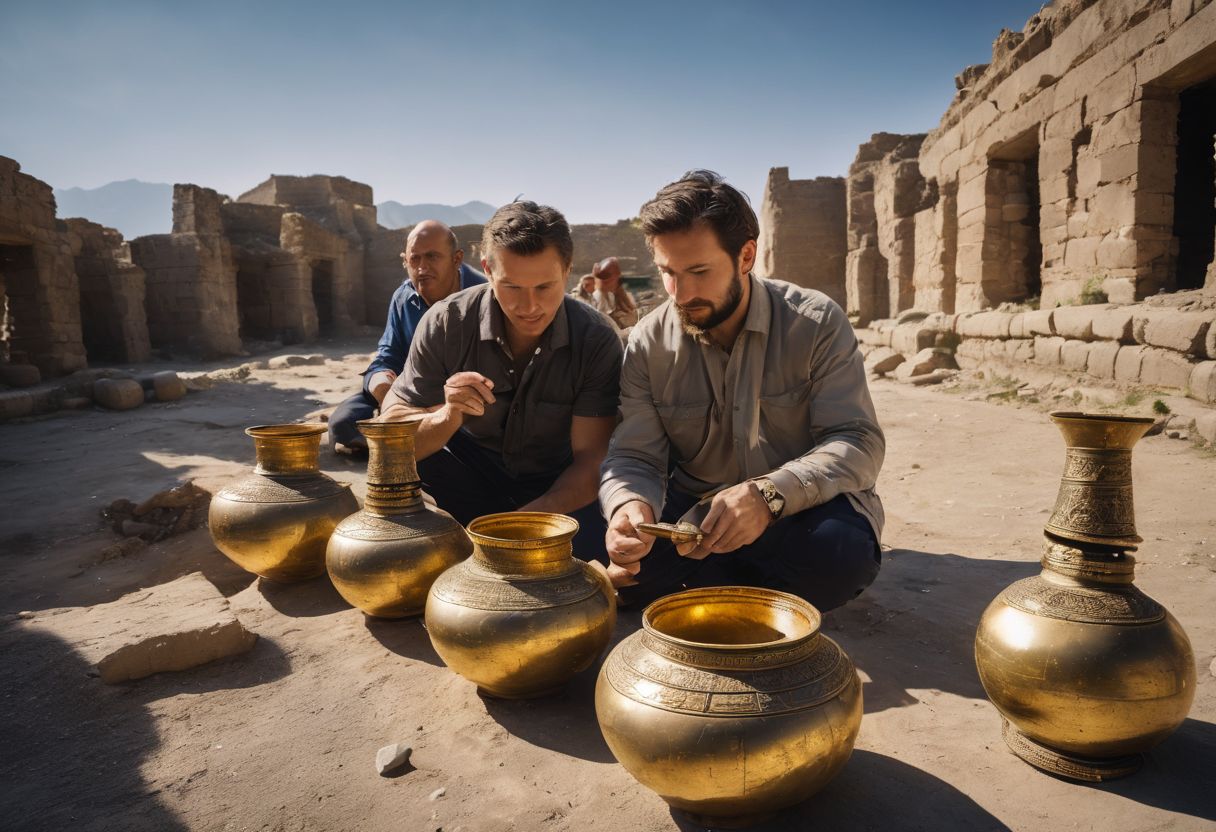
People have found old bongs in many places. In Africa, researchers dug up a golden bong over 2,000 years old. It was buried with a warrior tribe called the Scythians in Russia and Central Asia.
These gold bongs were used for smoking cannabis and opium during rituals.
Asia has its own story of ancient water pipes. The Ming dynasty in China also had bongs made from bronze, silver, and ceramic. They showed how important these items were by putting them in tombs with their dead.
Some of these Chinese bongs ended up at The Palace Museum today where everyone can see them.
The Scythian Bong Connection

Long ago, before our time, there were fierce warriors called the Scythian tribes. They roamed across Europe and Asia around 2,500 years ago. These warriors had a special way of enjoying smoke.
They used gold bongs to burn cannabis and other plants.
Archaeologists found these gold bongs in ancient grave mounds called kurgans. The Scythians would place their dead with valuable items. Among these treasures were the golden smoking devices they cherished so much.
Experts think that the Scythians might have shared their bong-using ways as they traveled great distances. Their travels could have spread the idea of using water pipes from culture to culture along trade routes like the Silk Road.
The Evolution of Bong Design

From the ancient bamboo bongs used in Africa and Asia to the modern borosilicate glass water pipes popularized by Bob Snodgrass, the design of bongs has undergone significant evolution.
Innovations in bong technology have revolutionized smoking culture and transformed the way cannabis is consumed.
From Bamboo to Glass

Bongs have come a long way in their design. Long ago, people often made bongs from natural items like bamboo, wood, or even animal horns. These materials were easy to find and worked well for the time.
But things changed with advances in the glass industry. Skilled workers learned how to make stronger glass called borosilicate glass. This type of glass could handle heat better and was tougher than regular glass.
Craftsmen like Bob Snodgrass played a big part in this change during the 1970s. They used new methods to shape the borosilicate glass into bongs that were not only useful but also looked cool.
Today, many bongs are elegant pieces of art thanks to these improvements in technology and design skills.
Innovations in Bong Technology
Moving on from the transition of bong material, glass manufacturing marked a watershed moment for innovations in bong technology. This newfound capability allowed for intricate and customizable designs that elevated the smoking experience.
Glass-blowing techniques ushered in an era of artistic expression where skilled artisans could craft visually stunning and elaborate waterpipes. These advancements not only enhanced the aesthetic appeal but also improved functionality, paving the way for features like percolators, ice catchers, and diffusers to deliver smoother hits and cleaner taste.
The integration of carburetion into bongs further revolutionized their efficiency by allowing users to regulate airflow with precision. Additionally, modern developments have seen the incorporation of e-liquids for vaping alongside traditional substances like tobacco or cannabis, catering to diverse user preferences while driving continual evolution within this ancient contraption.
Cultural Significance and Global Spread
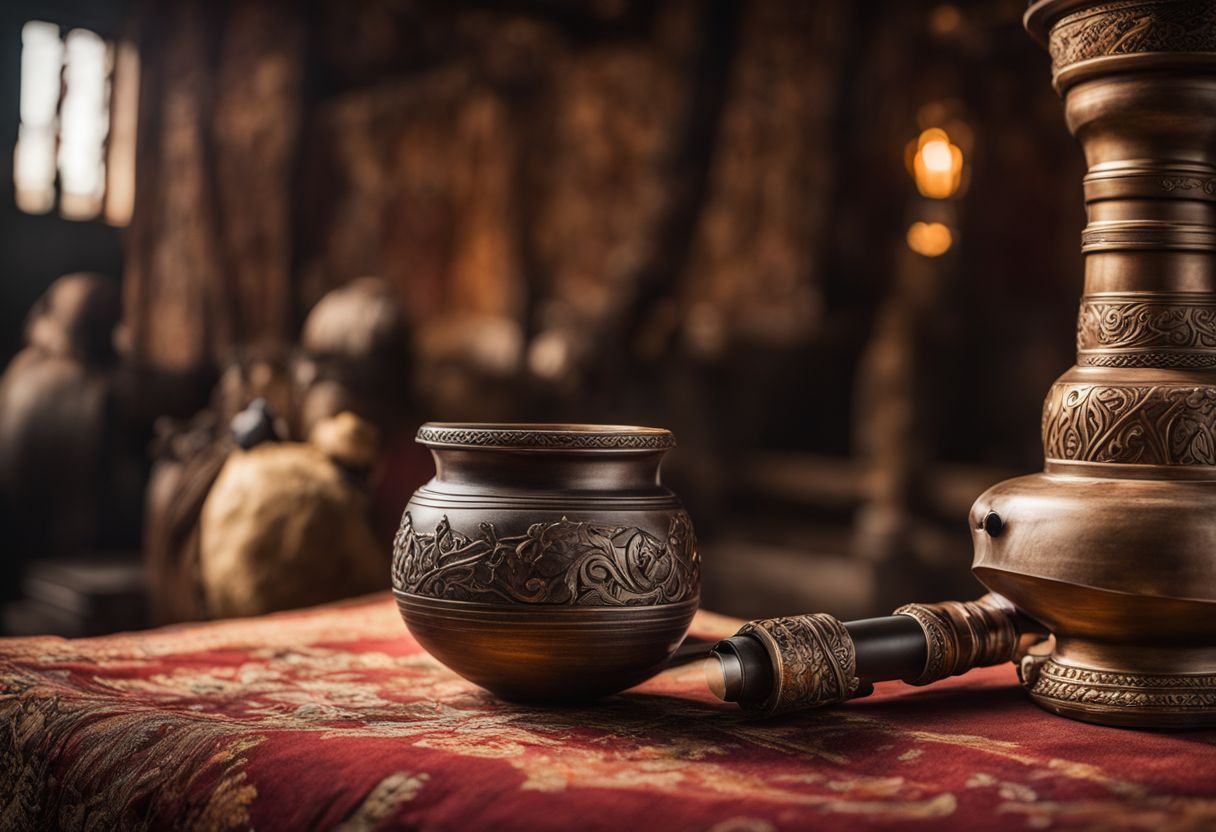
The cultural significance of bongs can be traced back to ancient civilizations such as the Scythians, who used elaborate gold and silver water pipes for smoking cannabis. The Silk Road played a crucial role in spreading the use of bongs across different cultures, leading to their integration into modern cannabis culture today.

The Silk Road’s Role in Dissemination
The Silk Road played a crucial role in the dissemination of bongs across different cultures. As trade routes expanded, so did the exchange of various goods and cultural practices. Traders traveling along the Silk Road introduced bongs to new regions, contributing to their spread and adoption.
This facilitated the cross-cultural sharing of smoking traditions, leading to diverse variations in bong designs and usage.
Moreover, the interactions along the Silk Road allowed for the exchange of knowledge about herbal preparations and smoking techniques. This led to further innovation in bong technology as different civilizations incorporated their unique preferences into the design and function of these smoking devices.
Bongs in Modern Culture

The Silk Road’s role in the dissemination of bongs allowed for their global spread, leading to their integration into modern culture. Today, bongs have become a symbol of cannabis use and counterculture, appearing in movies, music videos, and popular art forms.
This drug paraphernalia has also gained traction in the world of social media as influencers and enthusiasts showcase elaborate bong designs and smoking techniques. The evolution of bong design reflects technological advancements and changing societal attitudes towards cannabis consumption.
With the legalization of marijuana gaining ground globally, bongs continue to hold a significant place in contemporary cannabis culture.
Conclusion

In conclusion, the history of bongs reveals a fascinating journey spanning across continents and centuries. From ancient African and Asian origins to modern innovations in design and technology, the evolution of bongs has been marked by cultural significance and widespread influence.
Understanding the mechanics behind how bongs function sheds light on their effectiveness in delivering an enhanced experience for users. This exploration into the roots of cannabis water pipes provides valuable insights into a timeless invention that continues to shape social practices and rituals today.
If you’re curious about the science behind why bongs can provide a more potent experience, read our detailed explanation on why bongs get you higher.
FAQs
1. Who first made bongs?
The bong was first used in the Qing Dynasty, with Empress Dowager Cixi said to have her own collection of these smoking devices.
2. Was George Bradley McFarland involved in the creation of bongs?
No, George Bradley McFarland did not invent bongs, but he has a patent for a different type of water pipe.
3. What is the connection between ‘krugan’ and bongs?
‘Krugan’ may refer to ancient Scythian gold that shows people using early versions of bongs to smoke cannabis.
4. How were early bongs used differently from today?
Early on, people might have used them for smoking various substances like tobacco or unfiltered cigarettes, unlike today where they are often linked with smoking marijuana.
5. Did laws change how people use bongs?
Yes, after laws like the Controlled Substances Act were passed, some areas saw changes in how items like water pipes or “bongs” could be sold or used.
